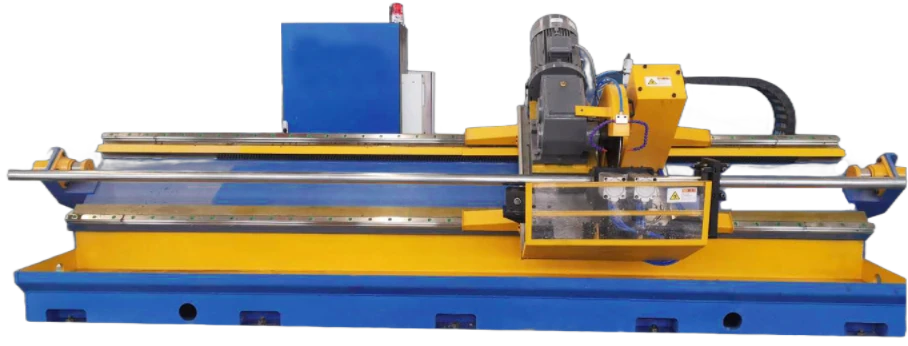Direct Shear Apparatus for Soil Mechanical Testing and Analysis
Understanding Direct Shear Machines Key Features and Applications
Direct shear machines are essential tools in geotechnical engineering, primarily used to determine the shear strength of soil and other materials. By applying a controlled load to a soil sample, these machines can simulate conditions that the sample might experience in natural settings, allowing engineers to assess its behavior under stress. This article will explore the significance, operation, and applications of direct shear machines.
What is a Direct Shear Machine?
A direct shear machine is designed to test the mechanical properties of soil by applying a normal load while simultaneously subjecting the sample to a shearing force. The machine typically consists of a shear box that contains a soil specimen, placed between two horizontal plates. The upper plate is moved laterally, causing the sample to fail along a predetermined shear plane. The direct shear test is one of the most straightforward methods to evaluate soil behavior, providing critical insights into its strength parameters such as cohesion and internal friction angle.
Key Components and Operation
The direct shear machine consists of several components, including
1. Shear Box This is where the soil sample is placed. The box is divided into two halves that can slide over one another. 2. Loading System A mechanism that applies a vertical load onto the soil specimen. This load simulates the pressure that the soil would typically experience underground.
3. Shear Mechanism An apparatus that generates a horizontal force on the upper half of the shear box, facilitating the shear failure of the soil sample.
4. Measurement Devices Tools and gauges that record the applied load and the corresponding displacement during the test.
direct shear machine

The operation begins with the insertion of a compacted soil sample into the shear box. The normal load is applied to the sample, and the lateral shear force is gradually increased until failure occurs. Throughout the testing process, the machine records the shear stress and displacement, providing valuable data for analysis.
Importance of Direct Shear Tests
The results obtained from direct shear tests are crucial for numerous geotechnical applications, including
1. Foundation Design Engineers rely on shear strength parameters to assess soil stability for various structures, including buildings, bridges, and dams. Accurate measurements can help prevent structural failures caused by soil movement.
2. Slope Stability Analysis Understanding the shear strength of soil is vital for evaluating the stability of slopes and embankments. Direct shear tests help geotechnical engineers determine the likelihood of landslides and other forms of erosion.
3. Pavement Design In road construction, the shear strength of subgrade soil is paramount. Direct shear tests provide insights into how soil may behave under repeated loading from traffic.
4. Earthworks Direct shear tests inform construction practices for earthworks such as excavation and embankment construction, ensuring that the soil can support the intended loads.
Conclusion
Direct shear machines are indispensable in the field of geotechnical engineering. By allowing for the precise measurement of soil shear strength, these machines play a critical role in designing safe and effective structures. As infrastructure development continues to rise globally, the demand for efficient soil testing methods like direct shear will undoubtedly grow. Understanding the properties of materials that make up our landscapes is essential to ensuring that they can safely support the built environment. From foundations to pavements, the insights gained from direct shear testing are foundational to modern engineering practices.
-
High Frequency Straight Seam Welded Pipe Production Line-BzZhou Xinghua Machinery Equipment Manufacturing Co., LTD.|Precision Welding, High EfficiencyNewsJul.30,2025
-
High Frequency Straight Seam Welded Pipe Production Line|BzZhou Xinghua|Precision Welding&EfficiencyNewsJul.30,2025
-
High Frequency Straight Seam Welded Pipe Production Line - BzZhou Xinghua|Precision Engineering&EfficiencyNewsJul.30,2025
-
High-Frequency Straight Seam Welded Pipe Production Line-BzZhou Xinghua Machinery Equipment Manufacturing Co., LTD.NewsJul.30,2025
-
High-Frequency Straight Seam Welded Pipe Production Line-BzZhou Xinghua Machinery Equipment Manufacturing Co., LTD.|Precision Manufacturing, High EfficiencyNewsJul.30,2025
-
High Frequency Straight Seam Welded Pipe Production Line-BzZhou Xinghua Machinery Equipment Manufacturing Co., LTD.|Precision Steel Pipe Manufacturing&Industrial EfficiencyNewsJul.29,2025


